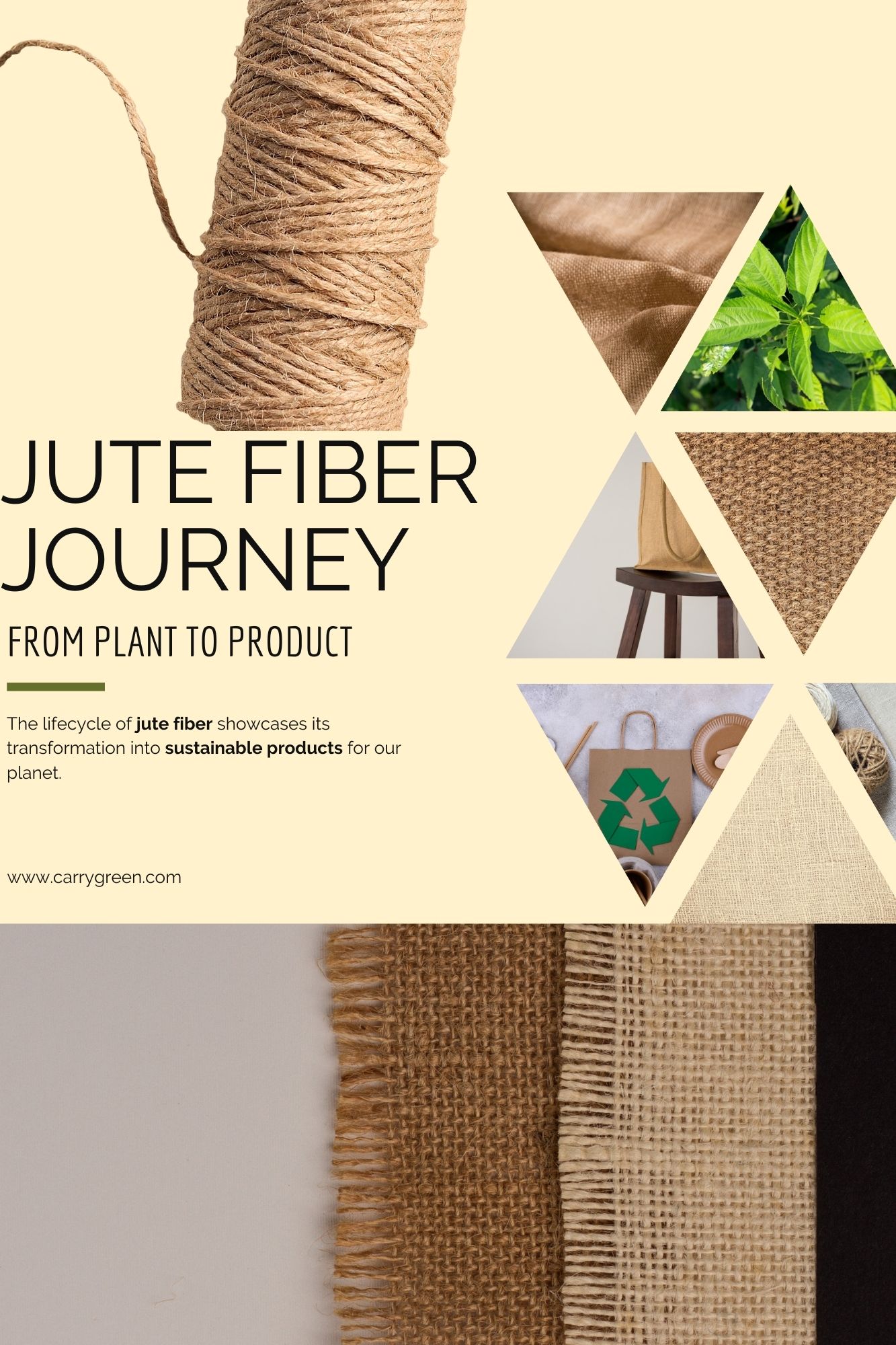The Lifecycle of Jute Fiber: From Seed to Sustainable Product

The Lifecycle of Jute Fiber: From Seed to Sustainable Product
Jute is one of the most versatile and sustainable natural fibers, making it a popular choice for eco-friendly products. Let's explore the fascinating journey of jute fiber from its cultivation to the final product. Known as the "golden fiber," jute is widely used for making eco-friendly bags, home decor, and industrial textiles.
1. Cultivation and Harvesting
Jute plants thrive in the warm and humid climates of countries like India and Bangladesh. The plants are sown during the monsoon season and require ample water for growth. After 4 to 6 months, the plants reach maturity, standing tall at about 10-12 feet.
Harvesting begins by cutting the jute stalks at the base. These stalks are then bundled together and submerged in water for retting, a process that helps to separate the fibers from the woody stalk.
2. Retting Process
The bundles of jute stalks are left submerged in water for several days, allowing microbial action to break down the pectins that bind the fibers to the stalk. This process can be carried out in both natural and artificial water bodies.
Once retting is complete, the fibers are manually extracted from the stalks through a process called stripping. The fibers are then washed and dried in the sun.
3. Fiber Processing
The dried jute fibers are sorted based on their quality. High-quality fibers are selected for producing finer products, while the rest are used for more robust items. The sorted fibers are then combed and spun into yarns or threads.
This yarn is used in weaving various jute products, such as bags, rugs, and other textiles.
4. Manufacturing
Jute fibers are transformed into a wide range of eco-friendly products. At carrygreen.com, you'll find a variety of cotton jute bags, which are perfect for grocery shopping, daily use, and more. These bags are not only durable but also biodegradable, reducing plastic waste and promoting a greener lifestyle.
5. End of Life
One of the most remarkable aspects of jute products is their biodegradability. Unlike synthetic materials, jute decomposes naturally, returning valuable nutrients to the soil. This ensures that jute products have a minimal environmental footprint throughout their lifecycle.
Conclusion
From the fertile fields of South Asia to your hands, jute fiber undergoes a meticulous journey that highlights its sustainability and versatility. By choosing jute products from carrygreen.com, you're contributing to a greener planet and supporting sustainable practices.
Visit carrygreen.com to explore more eco-friendly products made from jute fiber.
